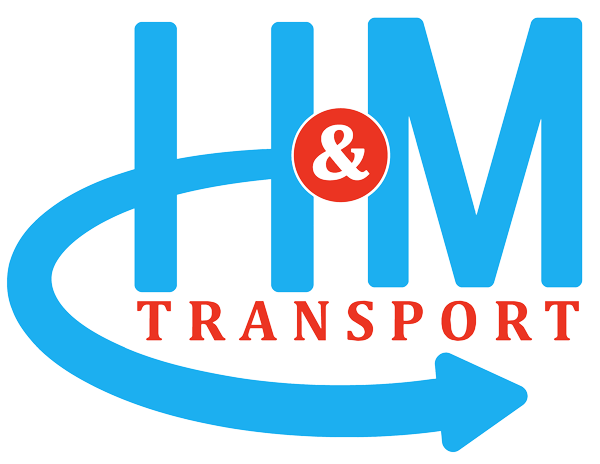As the baby boomer generation enters its golden years, the demand for non-emergency medical transportation (NEMT) services is skyrocketing. With more seniors and disabled individuals needing transportation to medical appointments, the NEMT industry is stepping up to meet this growing demand.
In this article, we’ll explore the reasons behind the increasing need for NEMT services and the different types of services available. We’ll also discuss the challenges facing the NEMT industry and the strategies being employed to overcome them.
Why the Demand for NEMT Services is Growing
There are several factors contributing to the growing demand for NEMT services, including:
- Aging Population: The aging of the baby boomer generation is one of the primary drivers of the increasing need for NEMT services. As seniors age, they require more medical care and transportation to appointments, particularly for chronic conditions such as diabetes, heart disease, and cancer.
- Increased Healthcare Utilization: With advances in medical technology and treatment, more people are living longer with chronic conditions that require frequent medical appointments. This increased utilization of healthcare services means that more people are in need of transportation to medical facilities.
- Lack of Accessible Transportation: Many seniors and disabled individuals do not have access to reliable transportation or are unable to drive themselves. This can make it difficult or impossible for them to get to medical appointments, leading to missed or delayed care.
- Medicaid Coverage: Medicaid, the government healthcare program for low-income individuals, covers NEMT services for eligible recipients. As more people become eligible for Medicaid, the demand for NEMT services is expected to increase.
Types of NEMT Services
NEMT services come in many different forms, depending on the needs of the patient. Some common types of NEMT services include:
- Wheelchair Transportation: This type of NEMT service is designed for patients who use wheelchairs or other mobility aids. The vehicles used for this type of transportation are specially equipped to accommodate wheelchairs and provide a safe and comfortable ride.
- Medical Transportation Services: This type of NEMT service is designed for patients who require medical equipment or assistance during transportation. The vehicles used for medical transportation services may have oxygen tanks, stretchers, or other medical equipment on board.
- Non-Ambulance Transportation: This type of NEMT service is designed for patients who do not require an ambulance but still need assistance getting to medical appointments. The vehicles used for non-ambulance transportation may be vans or other vehicles that are not equipped with medical equipment.
- Patient Transportation Services: This type of NEMT service is designed for patients who need transportation to and from medical appointments but do not require any special accommodations or medical equipment.
- Senior Transportation Services: This type of NEMT service is designed specifically for seniors who need transportation to medical appointments or other destinations.
- Disability Transportation Services: This type of NEMT service is designed for individuals with disabilities who require assistance getting to medical appointments or other destinations.
- Door-to-Door Transportation Services: This type of NEMT service provides transportation from the patient’s home to their medical appointment and back again.
- Medicaid Transportation Services: This type of NEMT service is covered by Medicaid and provides transportation to and from medical appointments for eligible recipients.
Challenges Facing the NEMT Industry
Despite the growing demand for NEMT services, the industry faces several challenges, including:
- Driver Shortages: Like many industries, the NEMT industry is facing a shortage of drivers. This can make it difficult for NEMT companies to keep up with demand and may result
- Regulatory Requirements: The NEMT industry is highly regulated, with strict requirements for drivers, vehicles, and insurance. These regulations can make it difficult and expensive for NEMT companies to operate, particularly smaller companies.
- Funding Challenges: Medicaid reimbursement rates for NEMT services are often low, which can make it difficult for NEMT companies to provide high-quality services and invest in new technologies.
- Coordination with Healthcare Providers: Coordination between NEMT companies and healthcare providers can be challenging, particularly for patients with complex medical needs. Ensuring that patients arrive at their appointments on time and with the necessary medical equipment and assistance can be a logistical challenge.
Strategies for Overcoming Challenges
Despite the challenges facing the NEMT industry, there are several strategies that companies are employing to overcome these obstacles, including:
- Recruitment and Training: NEMT companies are investing in driver recruitment and training programs to attract and retain high-quality drivers. Offering competitive wages and benefits can help to attract and retain drivers in a competitive labor market.
- Technology Investments: NEMT companies are investing in new technologies, such as GPS tracking and scheduling software, to optimize their operations and improve patient outcomes.
- Partnerships with Healthcare Providers: NEMT companies are partnering with healthcare providers to streamline patient transportation and ensure that patients receive the care they need in a timely manner.
- Advocacy and Lobbying: NEMT companies are advocating for increased Medicaid reimbursement rates and regulatory reform to make it easier and less expensive to operate in the industry.
Conclusion
The growing demand for NEMT services as the population ages and the need for transportation to medical appointments increases is a major trend in the healthcare industry. While the NEMT industry faces several challenges, including driver shortages, regulatory requirements, funding challenges, and coordination with healthcare providers, we are committed to meeting the needs of this ever changing industry.
As a leading provider of non-emergency medical transportation services, H&M Medical Transportation Services is committed to meeting the challenges facing the NEMT industry. We understand the importance of reliable, safe, and timely transportation for patients with medical needs, and we are dedicated to providing the highest quality services to our clients.
We work closely with healthcare providers to ensure that patients receive the care they need in a timely manner, and we are committed to advocating for policy changes that will make it easier and less expensive to operate in the NEMT industry.
At H&M Medical Transportation Services, we are proud to be part of the solution to the growing demand for NEMT services, and we are committed to providing safe, reliable, and high-quality transportation to patients with medical needs.



